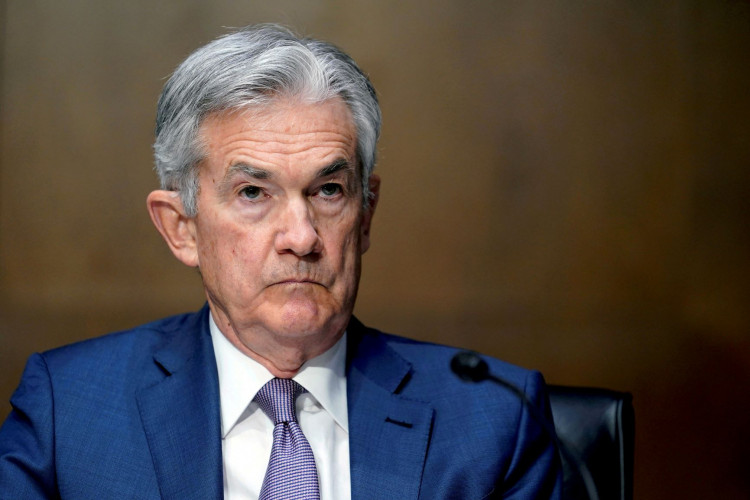The Federal Reserve kept interest rates unchanged on Wednesday, pausing potential cuts as it assesses inflation and the broader economic landscape under President Donald Trump's second term. The decision, which leaves borrowing costs at a range of 4.25% to 4.5%, is expected to intensify tensions between the central bank and the White House, as Trump has repeatedly pushed for lower rates.
Federal Reserve Chair Jerome Powell, speaking after the policy meeting, declined to comment on Trump's recent remarks demanding immediate rate cuts. "I'm not going to have any response or comment whatsoever on what the president said," Powell stated. He also confirmed that he has had "no contact" with Trump since his inauguration.
The president last week criticized Powell and the Fed, blaming them for inflation and what he called "a terrible job on bank regulation." In a post on Truth Social, Trump argued that the central bank had spent "too much time on DEI, gender ideology, 'green' energy, and fake climate change," suggesting that a different focus would have prevented inflation from rising. The Federal Reserve has long maintained that its policy decisions are driven solely by economic data.
Despite political pressure, Powell reiterated that the Fed is in no rush to adjust rates. "We feel like we don't need to be in a hurry to make any adjustments," he said, emphasizing the central bank's commitment to its 2% inflation target. Inflation, as measured by the Consumer Price Index, stood at 2.9% in December, well below its 9% peak in 2022 but still above the Fed's preferred level.
The Fed's decision also comes amid uncertainty over Trump's proposed economic policies, including 25% tariffs on goods from Mexico and Canada, mass deportation efforts, and a push to expand domestic oil production. Economists have warned that these policies could reignite inflationary pressures, complicating the Fed's path forward. Powell acknowledged the potential impact of tariffs but stressed that the central bank is taking a "wait-and-see" approach.
"The range of possibilities is very, very wide," Powell said. "We don't know what is going to be a tariff; we don't know for how long, how much, what countries, and we don't know about retaliation or how it will transmit through the economy to consumers."
While the labor market remains strong, Powell noted that hiring has slowed in recent months. The unemployment rate stands at 4.1%, and job creation remains steady, but Powell acknowledged that "it's a low-hiring environment." The Fed's statement characterized economic conditions as "solid," suggesting officials see no immediate need to lower rates unless the job market weakens or inflation declines more sharply than expected.
Trump's broader economic agenda adds another layer of uncertainty to the Fed's calculations. The president has vowed to extend his 2017 tax cuts and roll back regulations, policies that economists say could boost growth but also risk overheating the economy. Additionally, Trump's immigration crackdown could impact labor supply, particularly in industries that rely on migrant workers. Powell acknowledged the potential effects but did not indicate how the Fed might respond.
The central bank has previously adjusted its policy framework in response to trade uncertainty. In 2018, during Trump's first term, the Fed ran multiple simulations to assess the impact of tariffs and found that one-time hikes typically resulted in short-term price increases rather than sustained inflation. However, if retaliatory tariffs led to broader economic disruptions, the Fed determined that rate hikes might be necessary.






